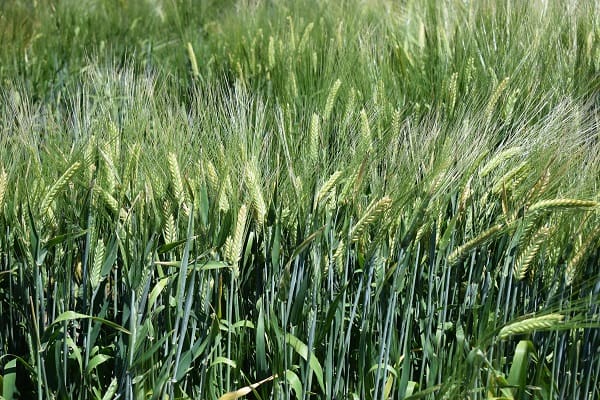SOUTH Australia’s winter-crop area is smaller than average at 3.8 million hectares, which is forecast to produce 6.9 million tonnes due to the below-average yield potential, according to the July report by Primary Industries and Resources South Australia (PIRSA).
PIRSA’s estimate for South Australian wheat currently sits at 3.95 million tonnes (Mt) from 2.13 million hectares (Mha), down on the five-year average of 4.91Mt from 2.20Mha.
Barley at 1.80Mt is also down on the five-year average of 2.08Mt, despite the area at 867,600ha being above the five-year average of 802,400t.
Canola production in the current crop year is forecast at 276,950 tonnes, down from the five-year average of 335,200t, while current area at 206,800ha is well down on the five-year average of 247,200ha.
The reduced crop area is the result of a dry autumn and early winter.
PIRSA said most areas of the state had low to moderate soil moisture reserves, with the only exceptions being Kangaroo Island and the Lower South East, where soil moisture was described as good.
Marginal soil moisture during May caused some farmers to stop sowing, and those that persevered with their seeding program finished by early June, and those that stopped in resumed seeding following rain in early to mid-June, and finished by the end of the month.
“Not enough rain has fallen for farmers to complete seeding on parts of Western Eyre Peninsula and the non-wetting sands on Eastern and Lower Eyre Peninsula,” PIRSA grain account manager, Dave Lewis, said.
Area sown to crop has been cut by 15 per cent on the Western Eyre Peninsula, and 10pc on the Eastern Eyre Peninsula.
“Many farmers in the lower rainfall areas reduced the area sown to canola and pulse crops because of the late break to the season and low reserves of soil moisture.”
Mr Lewis said these crops had been replaced with either barley, hay, or pasture.
“Even in some of the more reliable cropping areas, farmers have reduced the area sown to canola and lentils, with most replaced by barley.”
PIRSA report said the germination of early-sown crops has was staggered, particularly on heavier soils types, due to marginal soil moisture.
“Most crops have now fully emerged, although with variable stages of growth.”
Despite the dry conditions, most canola crops have germinated well with adequate plant establishment.
In parts of the Lower North, the heavy black self-mulching clay soils have not received sufficient moisture to wet-up and crop emergence on these soils has been poor.
May rainfall was above average in the southern part of the Lower South East and average to below average in all other areas, while June rainfall was below average over much of the Eyre Peninsula, Yorke Peninsula, the Lower, Mid and Upper North, much of the Murray/Mallee, and the Upper South East.
Areas of the Eastern Eyre Peninsula and Southern Yorke Peninsula were very much below average.
Maximum temperatures for June were average in all agricultural districts, and several days of strong winds and numerous frosts in inland districts occurred during the month.
Source: PIRSA
Grain Central: Get our free daily cropping news straight to your inbox – Click here


HAVE YOUR SAY